
As of 2024, solar power has become a transformative force in the U.S. energy landscape. Solar installations accounted for 64% of all new electricity-generating capacity added through Q3 2024. The U.S. now produces enough solar energy annually to power over 37 million homes. Projections suggest this growth will continue, with the U.S. expected to install 40.5 gigawatts (GW) of solar capacity in 2024 and even more in 2025
Declining Costs
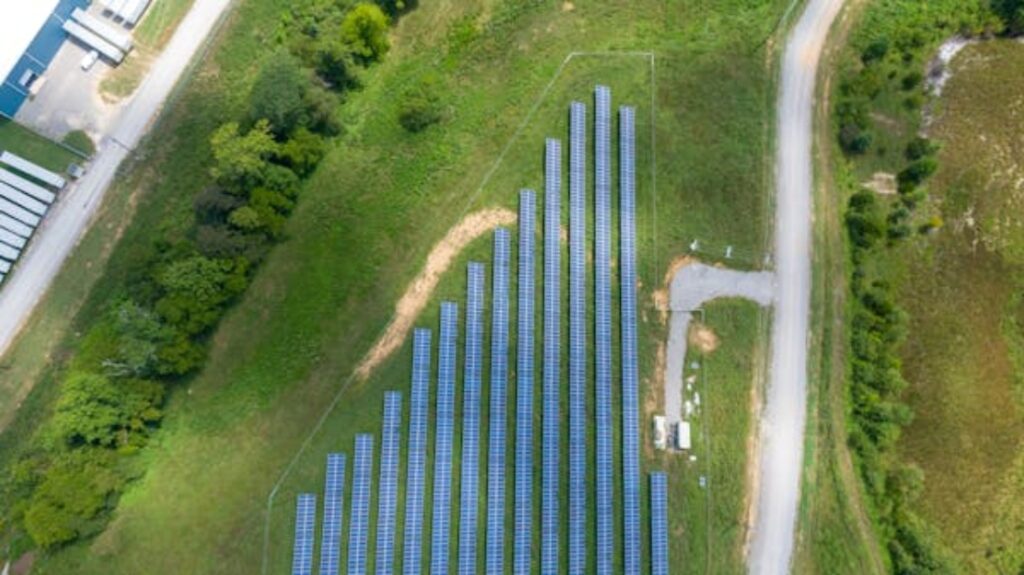
The average cost of residential solar panel systems has dropped significantly. In 2010, the cost per watt was around $4.50. By 2024, this figure has plummeted to less than $1.20 per watt, thanks to advancements in technology, economies of scale, and supportive policies like the Inflation Reduction Act (IRA)
Battery Storage: A Game Changer
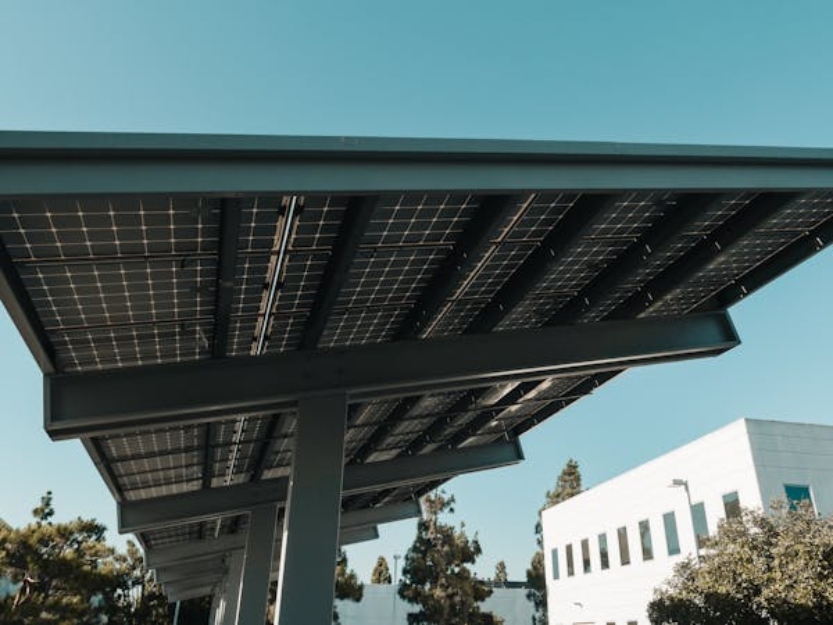
Battery technology is improving alongside solar. Energy storage solutions allow homes and businesses to store excess solar energy for use during peak hours or at night. The cost of lithium-ion batteries has decreased by nearly 85% since 2010, making it feasible for more consumers to achieve energy independence
Government Incentives

Federal tax credits for solar systems have been extended through 2032, offering a 30% deduction on installation costs. Some states, such as California and New York, provide additional incentives like net metering, where surplus energy can be sold back to the grid
Challenges in Residential Adoption
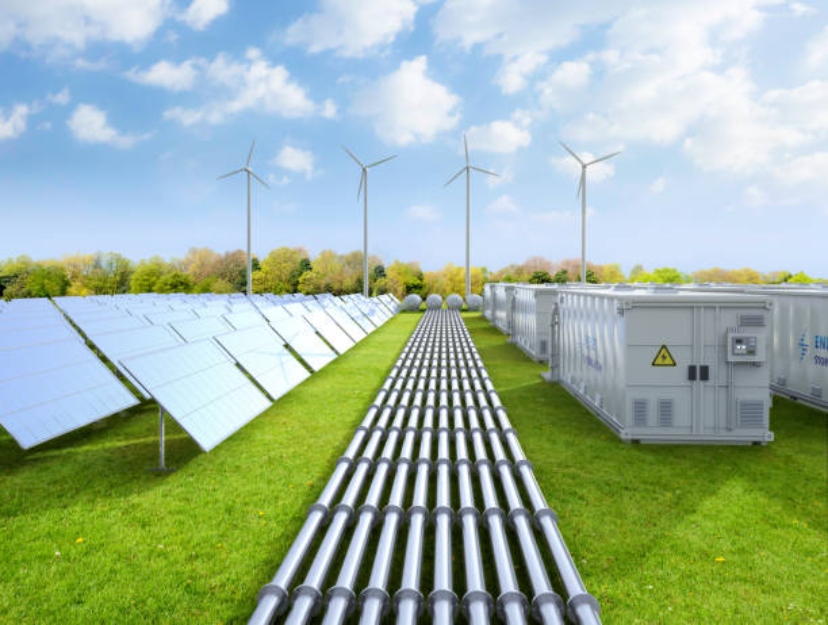
While the commercial and utility-scale solar sectors are thriving, the residential market faces hurdles. High interest rates and economic uncertainty have led to a 26% contraction in residential solar installations compared to the previous year
Wind Energy’s Role
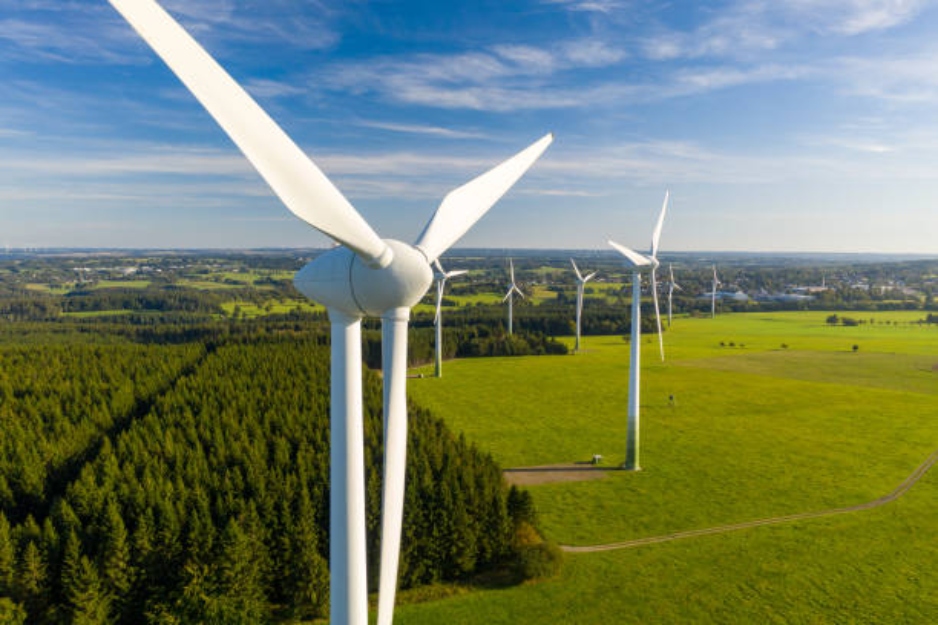
Wind energy complements solar in the U.S. clean energy mix. The U.S. wind market installed over 9.3 GW in 2023, marking a 19% increase from 2022. Wind turbines, particularly offshore, provide consistent power and are crucial for states with less solar potential
Impacts on Fossil Fuels

The growth of clean energy is reshaping the U.S. energy sector. Coal and natural gas are losing market share as renewable energy sources become more competitive. By 2025, renewable energy could account for over 30% of U.S. electricity generation
Environmental Benefits

Solar and wind power reduce greenhouse gas emissions and improve air quality. By displacing fossil fuels, these technologies are helping the U.S. move closer to its climate goals, including a 50% reduction in emissions by 2030
Economic Opportunities

Clean energy supports job creation. The solar industry alone employs over 250,000 people in the U.S. Investments in clean energy infrastructure are expected to generate millions of additional jobs by 2030
Reliability Concerns
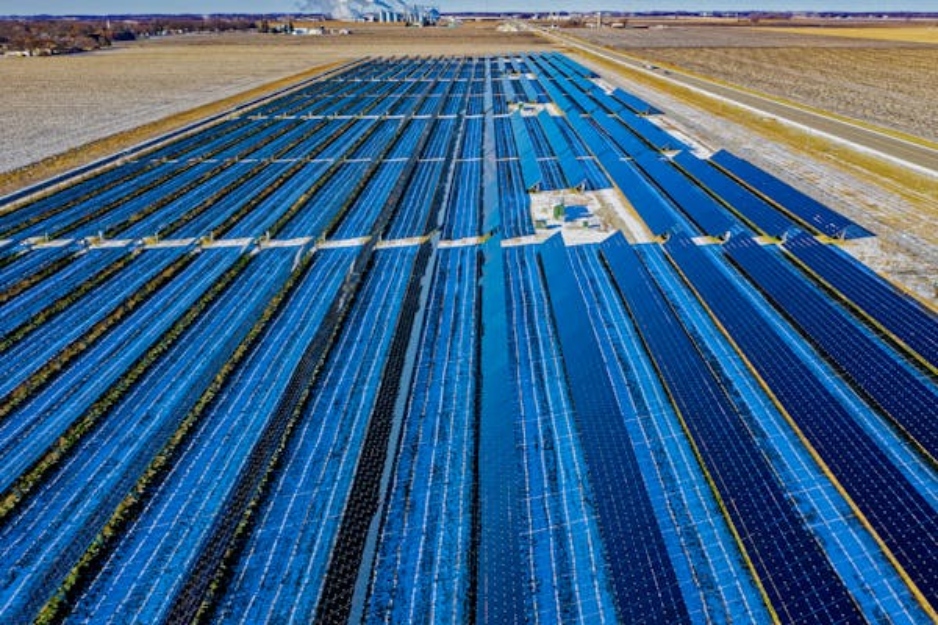
Despite their benefits, solar and wind are intermittent energy sources. Grid operators are investing in advanced forecasting and grid management technologies to ensure reliability. Battery storage also plays a critical role in addressing these challenges
Equity and Access

Clean energy must be accessible to all. Programs aimed at low-income households, such as community solar initiatives, are expanding. These efforts ensure that the benefits of renewable energy reach underserved communities
Pros of Clean Energy
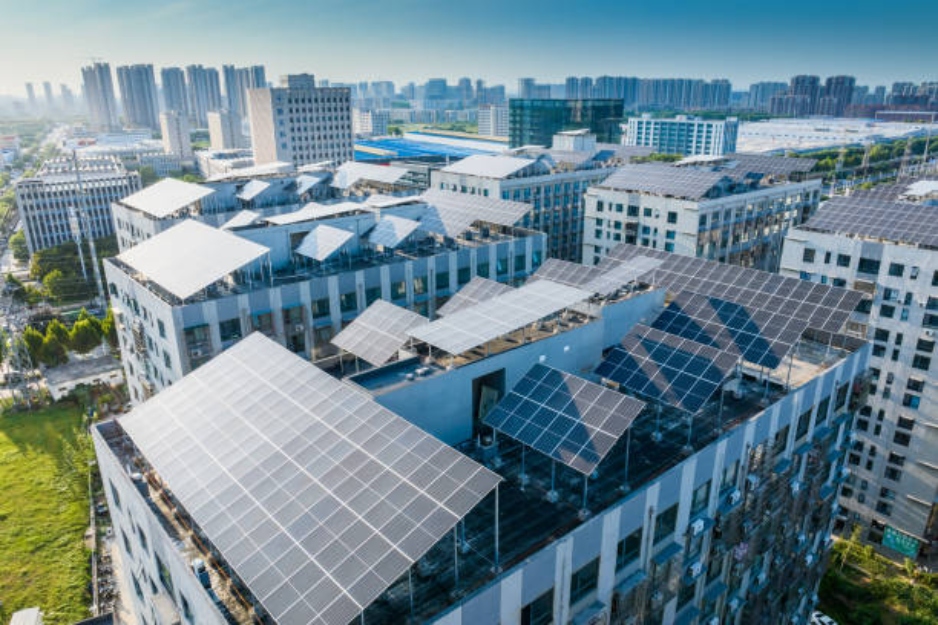
There are cost savings for solar and wind power to reduce electricity bills. The Environmental Impact will lower carbon emissions and pollution. Energy Independence reduces reliance on imported fuels. Job Creation is a huge plus and expands employment opportunities in manufacturing, installation, and maintenance
Cons In Conclusion
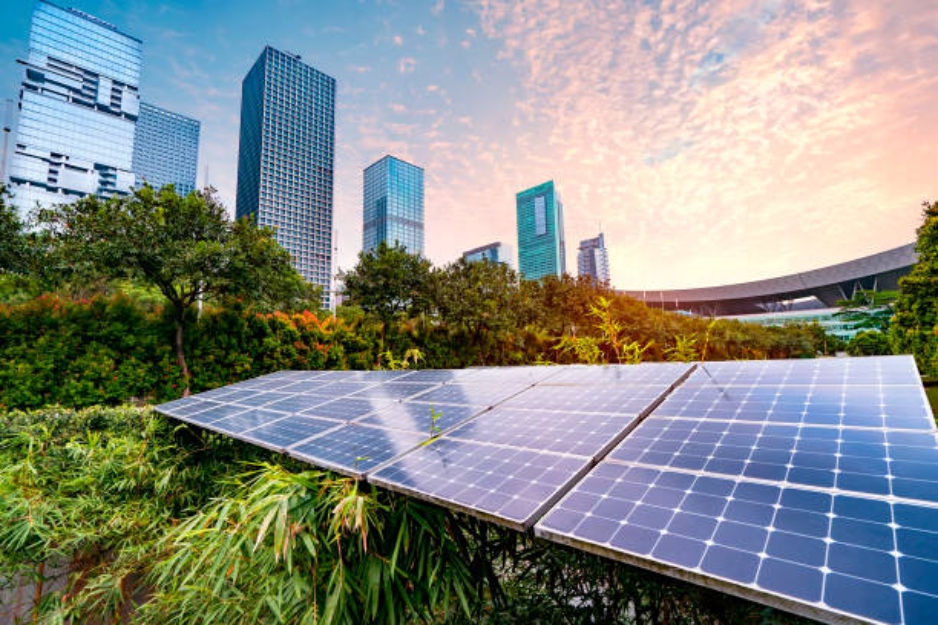
The Intermittency of solar and wind depend on weather conditions. There are Upfront Costs for Installation. These costs can be high despite declining prices. Land Use for large-scale projects may impact local ecosystems. Grid Integration requires investments in infrastructure to handle variable output
The plummeting cost of clean energy is a game changer for the U.S. economy and environment. While challenges remain, the benefits of renewable energy far outweigh the drawbacks, positioning the nation for a sustainable future by 2025 and beyond.







